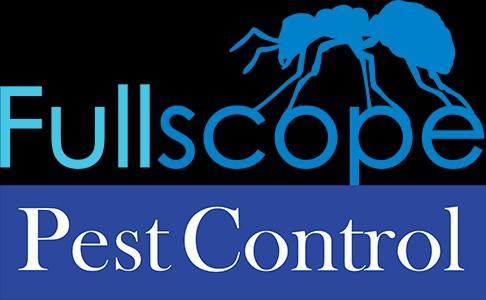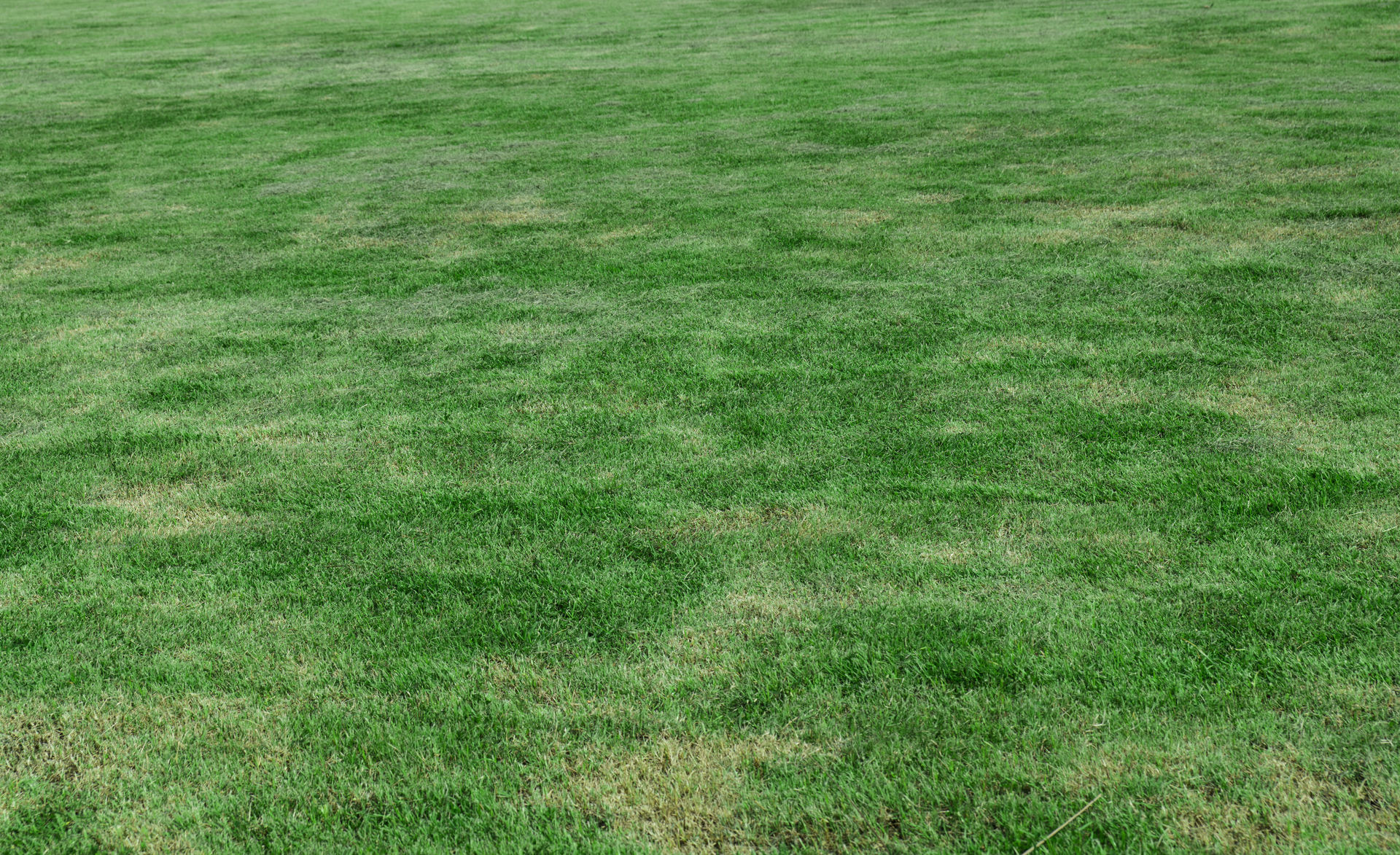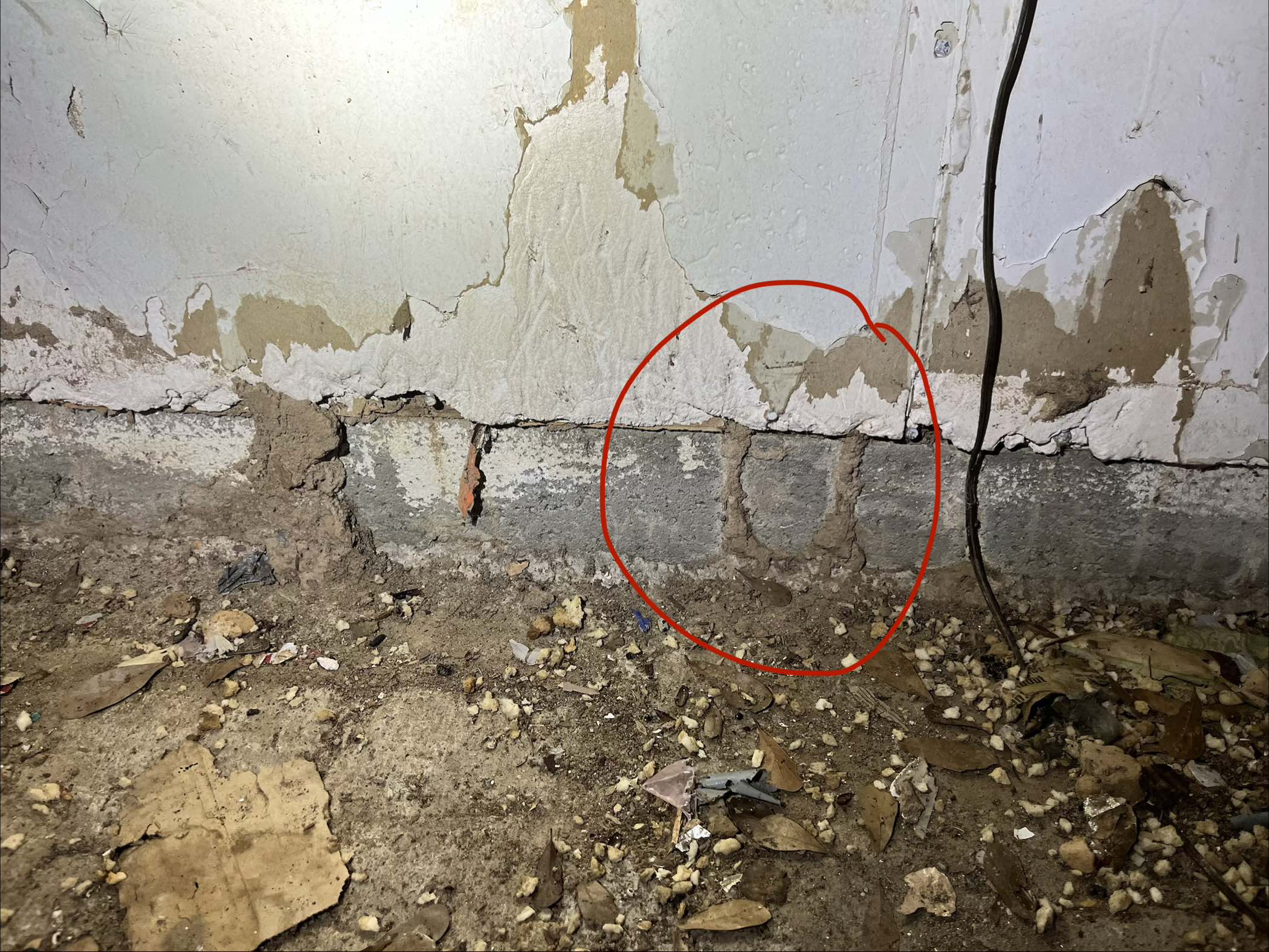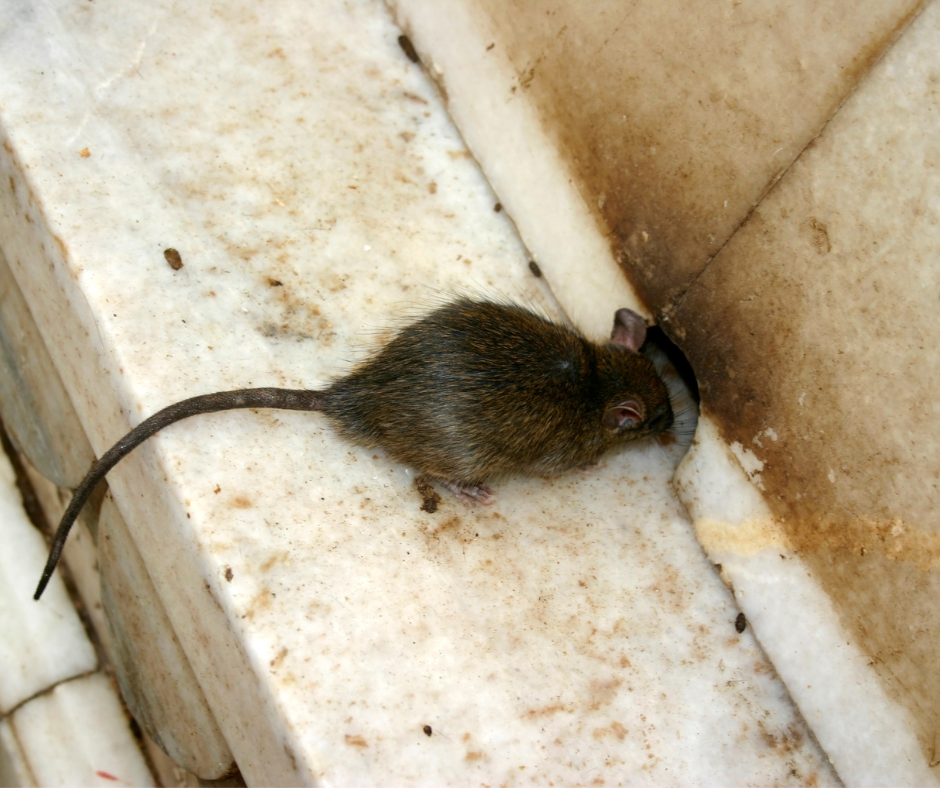
Key Highlights
- Bats can be important for the ecosystem, but they can pose a significant health risk if they enter your home.
Professional bat removal services provide safe and humane solutions tailored to your specific needs.
- Identifying the signs of an infestation early is crucial for preventing extensive property damage and potential health problems.
Effective bat removal involves a comprehensive approach, including exclusion techniques to stop them from re-entering your home.
- Understanding the legal considerations and safety precautions surrounding bat removal ensures responsible and humane practices.
Introduction
Dealing with a bat infestation in your home requires professional bat removal services that specialize in effective pest control and wildlife removal. Bats can pose health risks and cause damage to your property if not addressed promptly. This comprehensive guide will explore expert solutions for bat removal, helping you understand the process and safeguard your home from these nocturnal creatures.
Expert Bat Removal Solutions Near You
Finding reliable and experienced bat removal services near you is crucial for efficient and safe removal. When facing a bat problem, it’s essential to contact qualified professionals who specialize in wildlife control and have a proven track record.
These experts possess the necessary knowledge, skills, and equipment to handle bat infestations safely and humanely. By enlisting the help of experts, you can trust that the problem will be solved effectively, ensuring the well-being of both your family and the bats.
Identifying Signs of a Bat Infestation in Your Home
Recognizing the signs of a bat infestation early is essential for implementing timely and effective removal strategies. One of the most noticeable signs is the presence of bat droppings, also known as bat guano. These droppings often resemble small, dark pellets and can accumulate in areas where bats roost, such as attics, eaves, and chimneys.
Besides droppings, you might also notice an unusual, ammonia-like odor emanating from hidden areas. This pungent smell results from the accumulation of bat urine and guano. If you detect this distinctive smell, it’s crucial to investigate further.
Other signs of a bat infestation include hearing scratching or squeaking noises coming from the walls or attic, especially during the night when bats are most active. Seeing bats flying around your property at dusk or dawn is another clear indication that they might have taken up residence in your home.
Immediate Steps to Take When You Discover Bats in the Attic
Discovering bats in your attic can be alarming, but it’s essential to remain calm and take immediate steps to address the situation. First and foremost, avoid disturbing the bats or attempting to handle them yourself. Bats are more likely to bite if they feel threatened.
Instead, contact a professional wildlife removal company specializing in bat exclusion. They have the experience and equipment to remove the bats safely and humanely. Explain the situation, including any signs of an infestation you’ve noticed.
While waiting for the professionals, you can take some precautionary measures. Seal any potential entry points you can find, like gaps around vents, pipes, or cracks in walls, using caulk or steel wool. However, do not completely seal the attic, as this may trap bats inside.
Professional Bat Removal vs. DIY Methods: Pros and Cons
When faced with a bat problem, it’s tempting to consider DIY methods for removal. However, it’s essential to weigh the pros and cons of professional bat removal services versus attempting to address the issue yourself. While DIY methods might seem cost-effective, they often come with significant drawbacks.
Professional bat removal specialists have the knowledge, experience, and specialized equipment to handle the situation safely and efficiently. They understand bat behavior, can identify all entry and exit points, and employ humane removal techniques compliant with local regulations. Attempting to remove bats yourself can be dangerous and potentially illegal, depending on your location.
The Importance of Timely Bat Removal in North Houston, Texas
In North Houston, Texas, timely bat removal is paramount due to the prevalence of certain bat species, such as Mexican free-tailed bats, known for forming large colonies. These colonies can quickly escalate into significant infestations, posing increased health and property risks.
The humid subtropical climate of North Houston provides bats with ample food and water sources, making the region particularly attractive for these flying mammals. The presence of numerous older structures with potential entry points further exacerbates the risk of bat infestations.
Addressing bat infestations promptly is crucial to protect the health and safety of your family and pets. Bat droppings can accumulate in large quantities, creating a hazardous environment. Moreover, bats are known carriers of rabies, emphasizing the importance of professional and timely removal.
Comprehensive Guide to Safe Bat Exclusion Techniques
Safe and humane bat exclusion techniques are essential for effectively removing bats from your property while ensuring their well-being. This involves a strategic approach that combines identifying and sealing entry points with implementing one-way doors to prevent re-entry.
Professionals employ various exclusion devices like tubes or nets, allowing bats to exit but not return. These methods are crucial for encouraging bats to relocate naturally without causing harm, preventing future infestations.
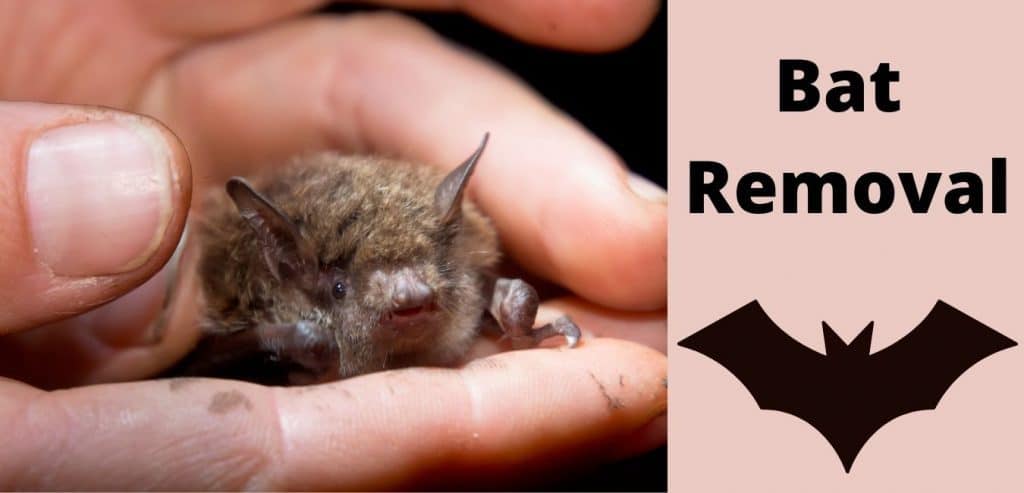
The Role of Exclusion Devices in Bat Removal
Exclusion devices are instrumental in bat removal as they provide a safe and humane way to encourage bats to leave a structure and prevent their return. These devices work on the principle of a one-way door, allowing bats to exit the roost but blocking their re-entry.
One common type of exclusion device is a bat valve, which is a one-way door installed over the primary entry/exit point. When bats attempt to leave, they push through the one-way door but cannot re-enter.
Other exclusion devices include netting and tubes. Netting is typically installed over larger openings, creating a barrier that bats cannot penetrate while still allowing them to fly out. On the other hand, tubes provide a guided exit path for bats, funneling them out of the structure.
Sealing Entry Points: A Permanent Solution to Bat Problems
Sealing entry points is crucial for providing a permanent solution to bat problems. Once bats are excluded from your home, it’s essential to prevent their return. Bats are incredibly adept at finding their way back into structures, even through tiny crevices.
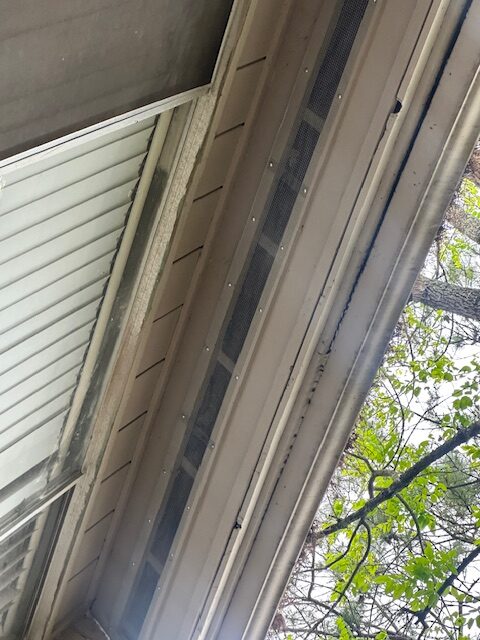
Thoroughly inspect your home’s exterior, paying close attention to areas where bats are likely to enter, such as roofs, chimneys, vents, eaves, and siding. Use durable materials like metal flashing, caulk, steel wool, or hardware cloth to seal any gaps or holes, no matter how small they seem.
Remember that bats can squeeze through openings as small as a dime, so meticulous attention to detail is vital. Sealing entry points is an investment in the long-term protection of your property.
When to Call a Professional: Safety and Legal Considerations
While it may be tempting to handle a bat problem, certain situations warrant calling a professional bat removal specialist. Attempting to remove bats yourself can be dangerous and, in some cases, illegal. Call today to get expert help.
If you encounter a bat behaving unusually, such as being active during the day, appearing disoriented, or being easily approachable, it could be a sign of rabies. Rabies is a serious viral disease that affects the nervous system. Contact your local animal control or wildlife removal professionals immediately if you suspect a bat might have rabies.
Furthermore, if you are dealing with a large bat colony, especially one with pups, or are uncomfortable working in confined spaces like attics, contacting experienced professionals is always the recommended course of action. They have the appropriate safety gear and expertise to handle these situations effectively.
Preventing Future Bat Infestations in Your Home
Preventing future bat infestations requires a proactive approach, making your home less appealing to these nocturnal creatures. Implementing exclusion methods, like sealing potential entry points and installing bat houses away from your home, is crucial.
Regularly inspecting your attic and other areas prone to bat activity ensures early detection of any signs, allowing for prompt action.
The Benefits of Regular Attic Inspections
Regular attic inspections are an integral part of wildlife control, offering numerous benefits for maintaining a pest-free home. Serving as an early warning system, routine inspections help you detect any signs of unwelcome guests, such as bats, before they have a chance to establish a colony.
During these inspections, carefully examine the attic for evidence of bat activity, including droppings, urine stains, or the presence of nesting materials. Additionally, look for any new openings or cracks that may have developed, providing potential entry points for bats.
Identifying problems quickly allows for timely intervention, minimizing potential damage and health risks associated with bat infestations. Scheduling these inspections at least twice a year, particularly during spring and fall when bats are most active, is advisable.
Natural Repellents and Their Effectiveness Against Bats
While natural repellents might offer some deterrent effects against bats, their overall effectiveness is often debated, and they should not be solely relied upon as a primary method of bat control. Some commonly suggested natural repellents include naphthalene, often found in mothballs, and certain essential oils with strong scents, such as peppermint, eucalyptus, and citronella.
However, it’s crucial to note that these repellents primarily work by creating an unpleasant odor that might deter bats temporarily. However, they do not address the underlying reasons why bats might be attracted to your home, such as readily available food sources or suitable roosting sites.
Furthermore, using mothballs as a bat repellent is generally discouraged due to potential health risks to humans and pets. While their effectiveness in completely repelling bats is questionable, improper use can lead to accidental ingestion or inhalation of toxic fumes.
Landscaping Tips to Discourage Bats from Roosting Near Your Home
Strategic landscaping can help deter bats from roosting near your home, making your property less appealing as a potential habitat. Start by addressing any standing water sources, such as clogged gutters or birdbaths, which can attract insects that bats feed on.
Trim trees and shrubs around your house, especially those close to the roofline or any openings. Overhanging branches can provide easy access for bats to reach potential entry points. Maintain a well-maintained lawn and consider planting bat-repelling plants near your home.
While no plant is entirely bat-proof, certain species like lavender, mint, and marigold emit strong fragrances that bats might find unpleasant. By incorporating these landscaping tips, you can create a less inviting environment for bats and reduce the likelihood of them taking up residence near your home.
Conclusion
In conclusion, timely and professional bat removal is crucial for maintaining a safe and healthy living environment. Understanding the signs of infestation, taking immediate action, and employing safe exclusion techniques are paramount in addressing bat problems effectively. While DIY methods may seem cost-effective, professional services offer expertise and ensure compliance with legal regulations. Regular inspections and preventive measures can significantly reduce the risk of future infestations. If you suspect a bat infestation, it’s best to seek expert solutions for a thorough and lasting resolution to your pest problem.
Frequently Asked Questions
What is the average cost of professional bat removal in North Houston?
The average cost of professional bat removal in North Houston varies depending on factors like colony size and the number of entry points. Contacting a wildlife specialist for a thorough inspection and customized quote for exclusion services is recommended.
Is it legal to remove bats on your own in Texas?
Because of state laws and local laws, it’s crucial to check the legality of removing bats yourself in Texas. Some species are protected, and specific regulations govern removal methods. Consult local wildlife authorities or a bat removal expert to understand legal requirements.

